Magic The Gathering: How To Mulligan
Table of Contents
Sometimes your opening hand is no good. Fortunately, Magic has mulligan rules to help you start the game on the right foot.
You Are Reading :Magic The Gathering How To Mulligan
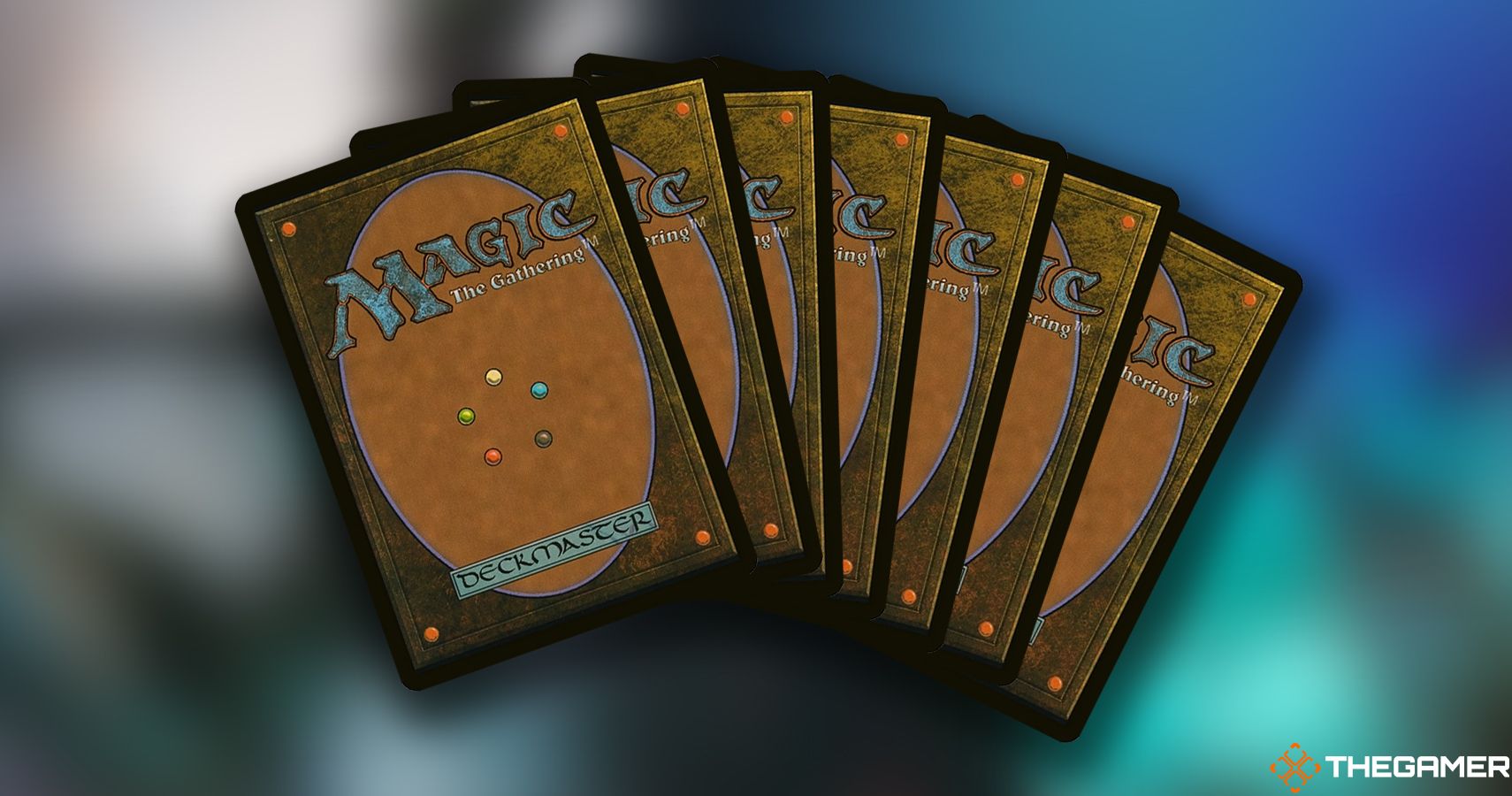
Quick Links
Magic the Gathering might be one of the most complicated games in existence, but that doesn’t mean it’s overly punishing. One of the ways the game tries to make things easier for its players is in the ability to re-draw your opening hand if you don’t like what you get the first time; also known as a ‘mulligan’.
But what is a mulligan, how does it work, and why are there different kinds of mulligans? Here is everything you need to know about Magic the Gathering’s mulligan rules.
What Is A Mulligan?
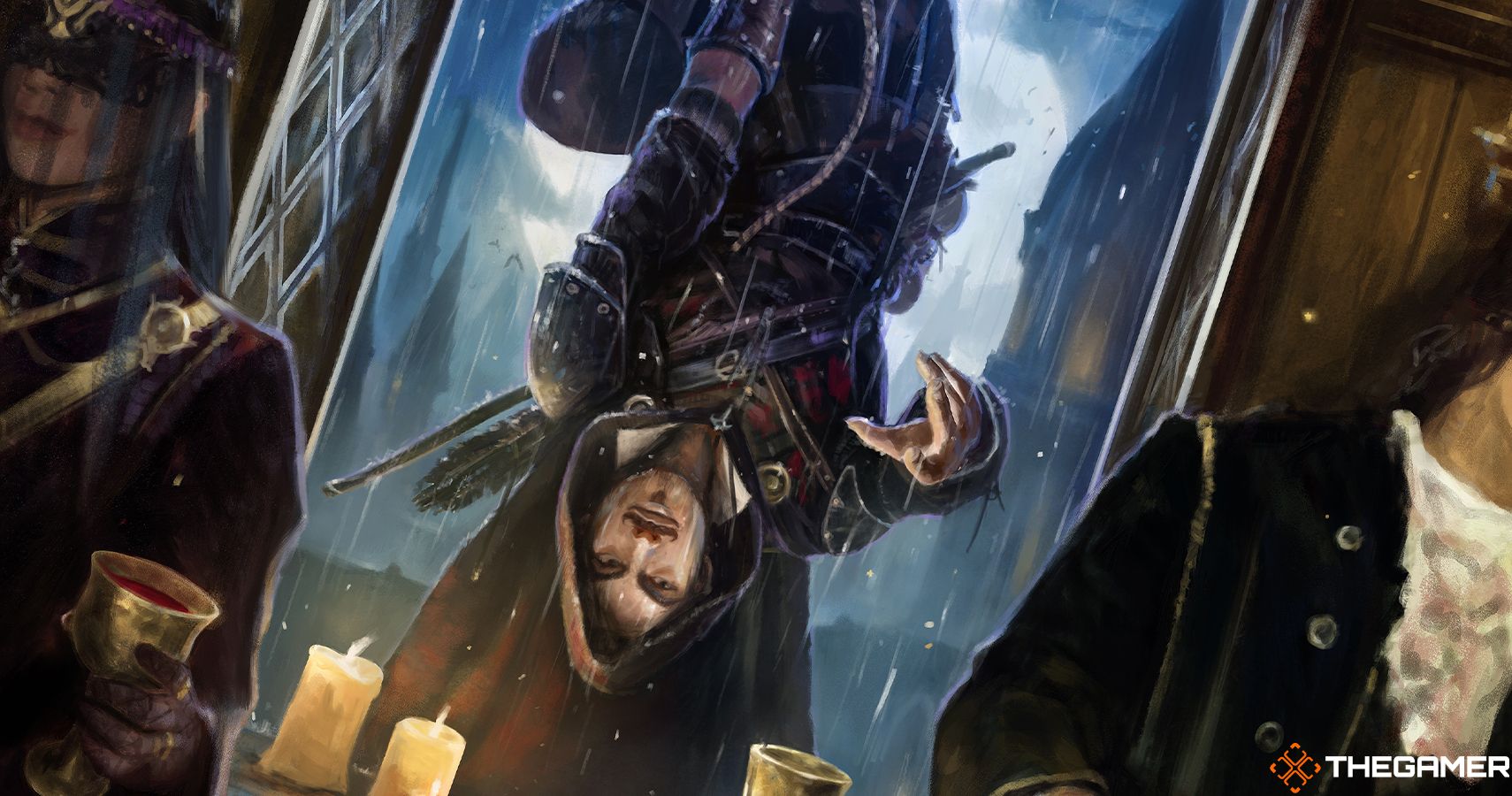
The term itself is taken from golf, where more experienced players sometimes allow less-experienced ones to retake their shot if they were unhappy with it.
In Magic, “mulligan” is an umbrella term for a number of different procedures that allow you to shuffle your opening hand back into your deck before the start of a game and re-draw to hopefully find a better opening play.
As you learn more about Magic, you may hear terms like “Paris Mulligan”, “Toronto Mulligan”, “London Mulligan”, or even “Commander Mulligan”. Though these all work slightly differently, the idea is the same, and are ways to get yourself a new opening hand.
Unlike golf, where mulligans are an informal agreement made and not allowed in sanctioned play, mulligans are baked into Magic and are available right up to the highest echelons of professional, competitive play.
How Do I Mulligan?
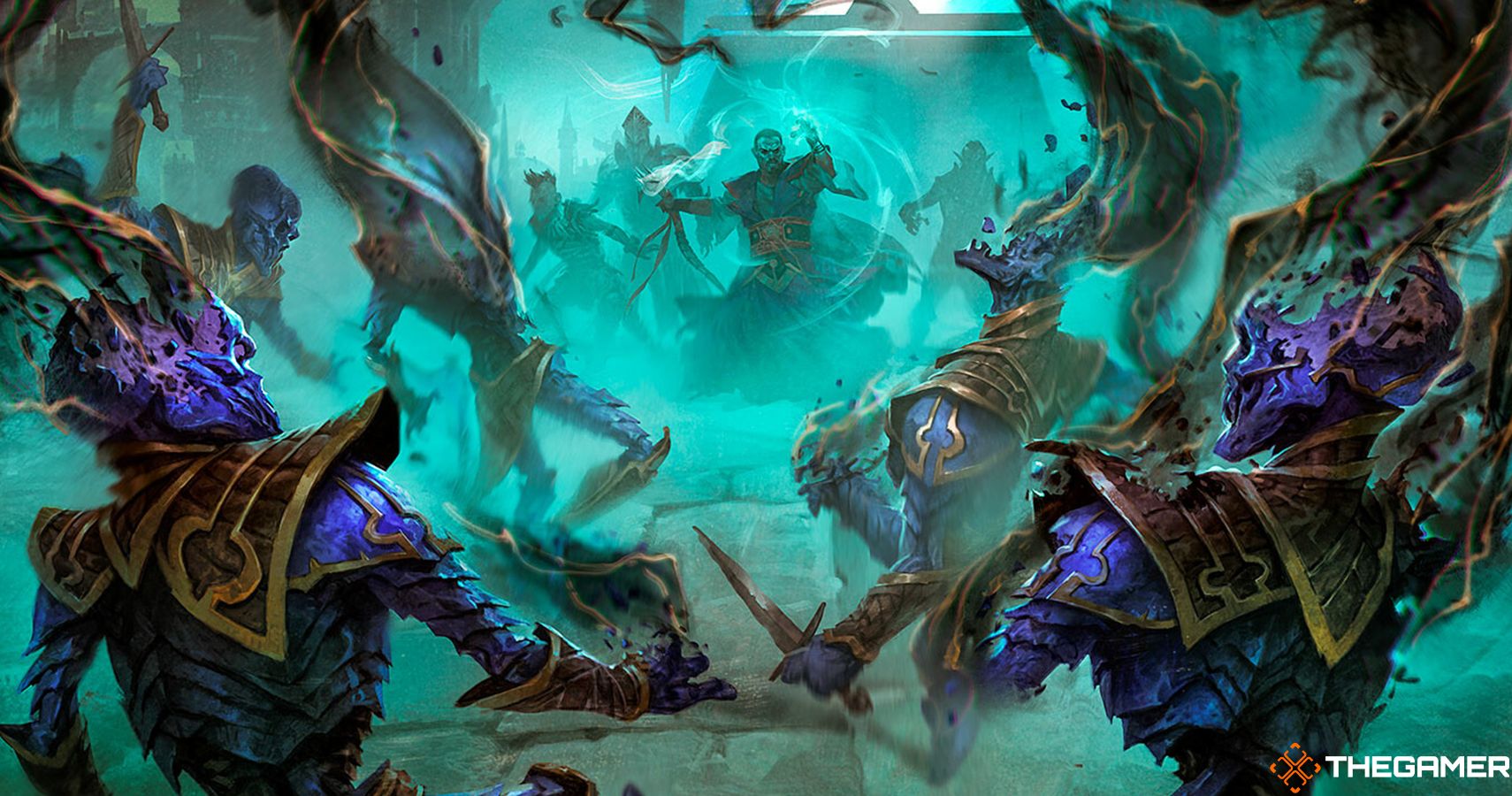
In most formats, the London Mulligan is currently the one that is almost universally used in Magic. It’s also the one that is used on Magic the Gathering Arena and Magic Online. If there’s one mulligan rule you take away from this, let it be the London Mulligan.
To mulligan:
- Shuffle your hand back into your deck.
- Draw seven cards again.
- If you like the cards in your hand now, select one of those cards and put it at the bottom of your library.
- If you don’t, put them all back, shuffle again, and draw another seven cards.
- For each time you put your hand back, you have to put an additional card on the bottom of your library. If you’ve done it twice put two back, if you’ve done it three times put three back, and so on.
What cards you put back is entirely your choice, and you don’t have to show your opponent what they are.
Note that if you’ve taken a mulligan seven times, you’ll have to put your hand on the bottom of your library and only play what you can draw. Also remember that, although mulligans happen before the game has started, there is precedent for cards that have effects relating to it. Serum Powder is an artifact that triggers when it’s in your hand and you take a mulligan. and is a way to effectively cheat out an extra free mulligan. It’s one card, and no others have been planned since, but it is a design space Wizards has been willing to explore in the past.
On the whole, though, mulligans happen before the game has started, and cards are put straight back into your library, not discarded to your graveyard. This means effects like Madness or even Disturb won’t work with Mulligans.
What Is A Commander Mulligan?

In any game with more than two players (usually Commander, but also formats like Archenemy, Two-headed Giant, or even simply kitchen-table Magic with more people than usual), the rules are even more forgiving.
The process works the same as the London Mulligan, but your first one is free. You’re allowed to shuffle your opening hand back into your deck, draw a fresh seven, and keep all of them. If you decide that hand is no good either, it’s only on the second mulligan that you’ll have to put a card at the bottom of your library.
Some playgroups forgo the mulligan rules entirely and simply allow you to keep shuffling and drawing until you have a “playable hand”. This must be agreed upon in advance, but it’s a good way to ensure nobody at the table gets massively unlucky and starts out the game from a serious disadvantage.
What Are The Original, Paris, And Toronto Mulligans?

These are all older rules that are no longer used by sanctioned Magic events. There is a very, very small chance you might run into them with more veteran playgroups, but virtually everybody now uses the London and Commander Mulligans.
The original mulligan rules were much, much harsher. If you had drawn either seven lands or no lands at all, you could shuffle your hand back in and draw another seven… but only once. If you weren’t happy with your second hand? Tough. That’s what you were playing with.
The 1997 Pro Tour Paris was the first major event to change the mulligan rules, hence the term ‘Paris Mulligan’. This was very similar to the current mulligan, but instead of drawing seven and putting a number of cards back, you simply drew one card fewer for each time you took a mulligan.
The Paris Mulligan are the longest-running mulligan rules so far, with them only changing almost 20 years later to the Toronto Mulligan at the Battle for Zendikar prerelease in 2015. This was almost identical to the Paris rules, except once all players had finished their mulligans, anyone with less than seven cards was allowed to look at the top card of their library and either keep it on top or put it on the bottom (scrying).
The London Mulligan has only been a part of the game for a few years now, coming with the prerelease of War of the Spark in 2019.
When Should I Mulligan?
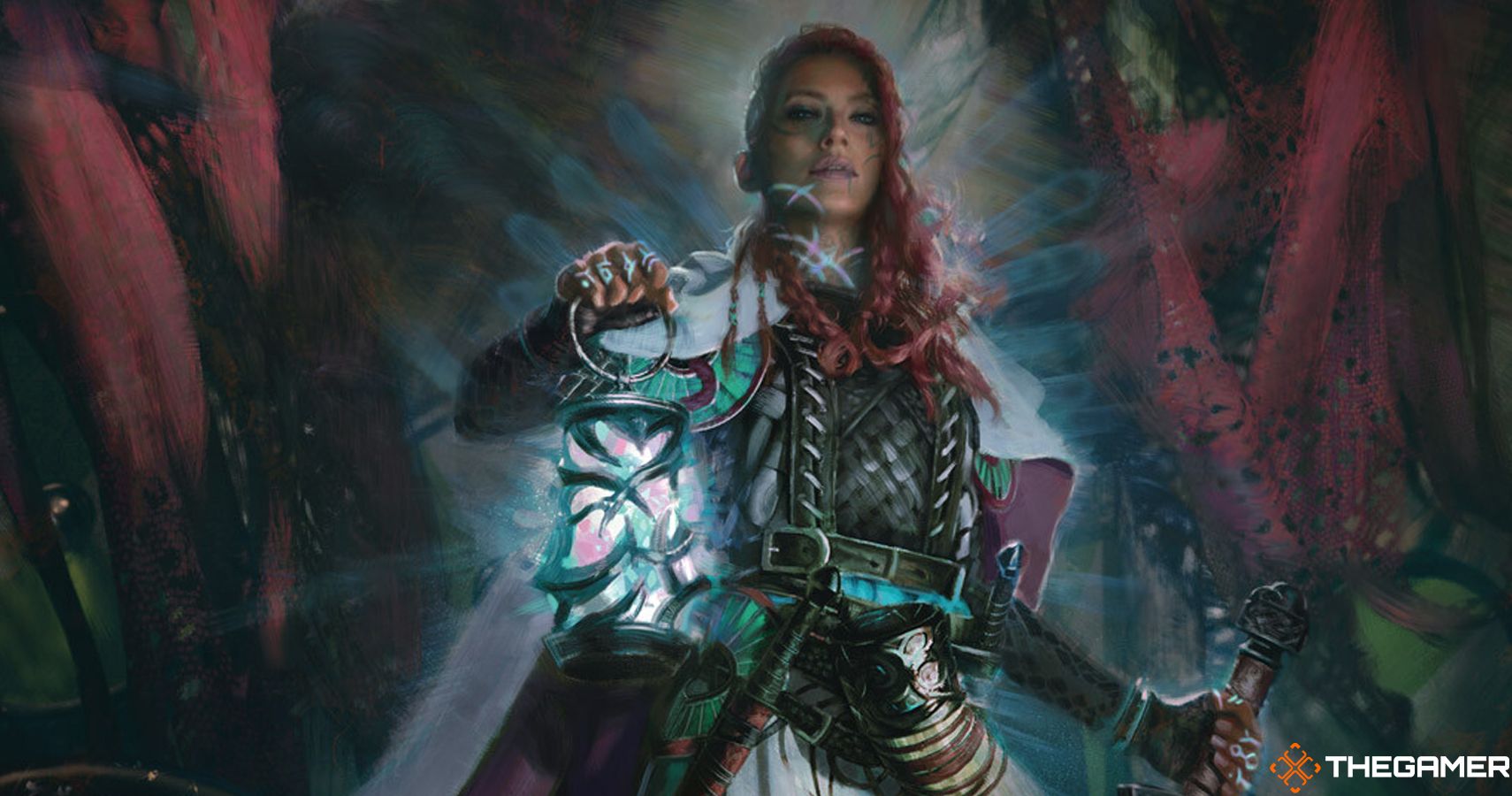
Mulligans reduce your opening hand size, and so should be done very sparingly.
The simplest reason to do it is if you’ve not drawn any lands. Never rely on drawing into lands, even if the rest of your hand is perfect. On the other hand, also don’t think you’ll draw anything but lands if your hand is full of them already.
You may also mulligan if you have no early players in your hand. A single turn without playing a card isn’t too bad, but if you’ve also not got another two or three mana spells in your hand, consider taking a mulligan to ensure you can build a board presence that can keep up with your opponent. This is particularly important if you’re playing a highly aggro-focused deck that needs creatures out and swinging before your opponent can put up a defence.
In some decks, the size of your hand doesn’t matter if it has the right pieces in it. In very rare cases, it’s sometimes worth taking mulligans right down to one or two cards to find the exact cards you can’t chance drawing into. For example, in pre-rotation Standard, somebody might mulligan their mono-black forced sacrifice deck right down to two or three cards If it lets them have both Palladium Myr and Tergrid, God of Fright in their opening hand.
Are The Mulligan Rules Going To Change Again?
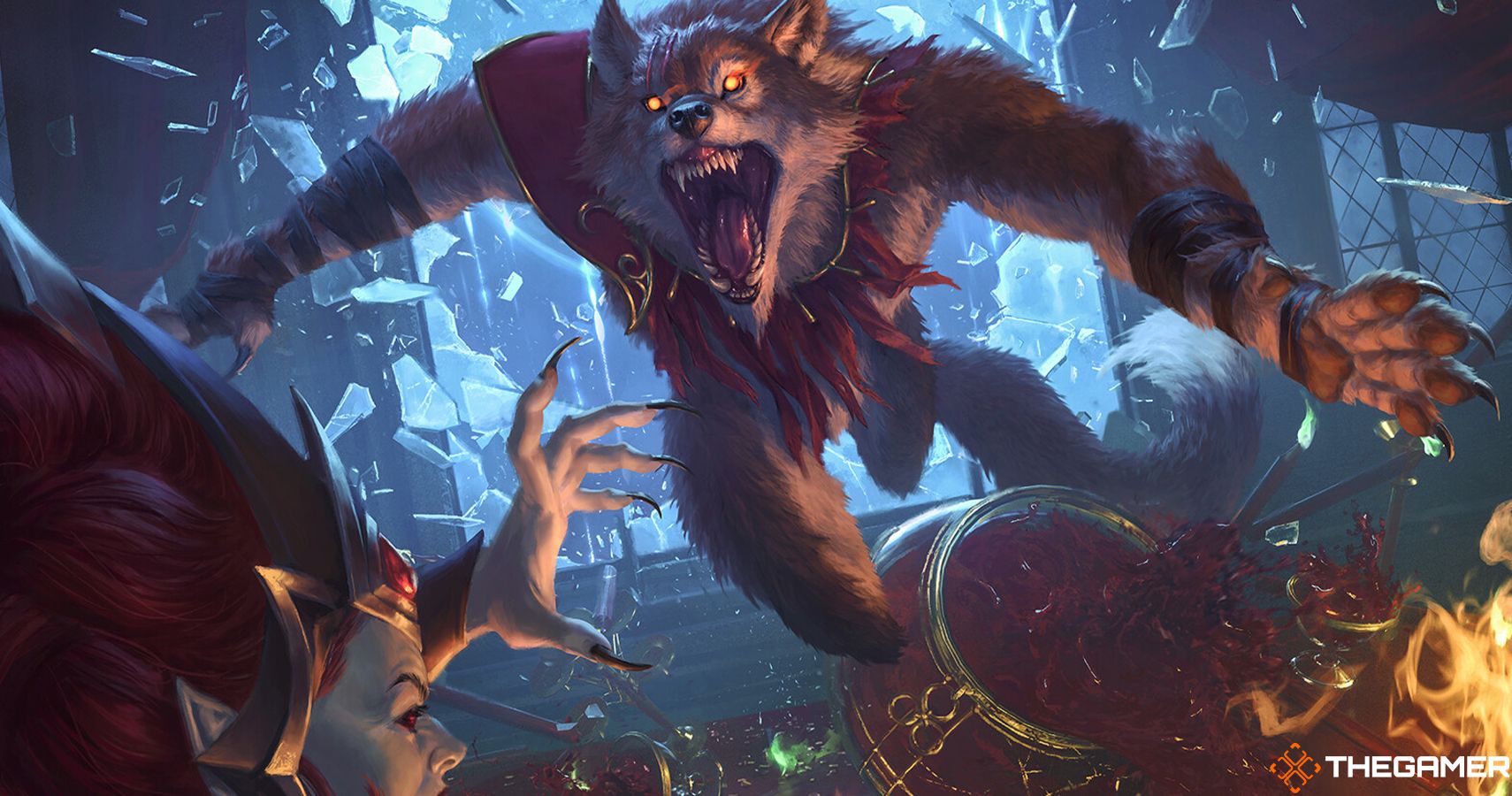
Probably, but not right now. Wizards of the Coast hasn’t made any noises that suggest it’s unhappy with the current London rules, and players, on the whole, seem happy about it too.
Changing the rules would also be a bigger upheaval these days than it was when War of the Spark launched. Since then we’ve had the launch of MTG Arena and the proliferation of Commander, and changing the rules could cause difficult problems for both.
The rules may change in the future with more of the lower-powered sets we’ve been seeing in the last year, but it’ll at least be a few more years until that happens.
Link Source : https://www.thegamer.com/magic-the-gathering-mulligan-guide/
